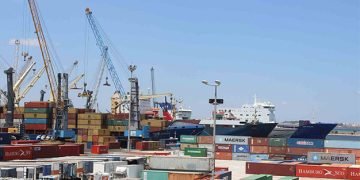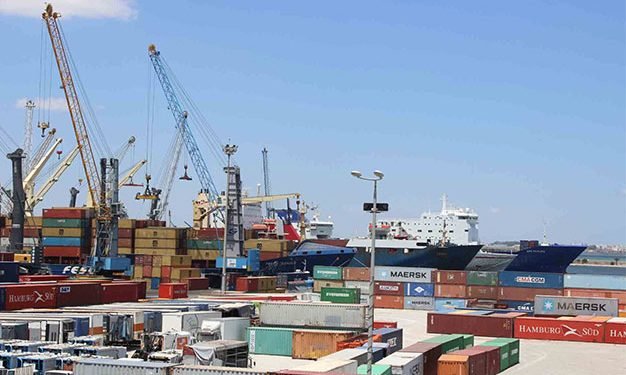Rades, Tunisia — September 9, 2025
At Rades, the country’s busiest container port, the scene has become alarming. Yard space is overflowing. Containers pile up, some left waiting for almost three weeks, and vessels struggle to unload. Port officials now admit that more than 11,000 containers remain stuck inside the terminal.
“It’s beyond delay, it’s paralysis,” said a Tunis freight forwarder contacted by phone. “Importers are paying storage bills they cannot absorb, and exporters are missing deadlines with European clients.”
A system stretched too far
The surge in cargo since spring has exposed chronic weaknesses. Equipment is outdated, berths are saturated, and customs formalities remain painfully slow. The port was never designed to handle today’s volumes, and the backlog grows day after day.
Cost for the economy
Manufacturers in textiles and agri-food report production lines on hold because raw materials are not arriving on time. Exporters, especially those shipping perishable goods, warn that international buyers are already looking at alternative suppliers. For small and mid-sized companies, every extra day at Rades adds a financial burden they may not survive.
Emergency talks
The government is under pressure. Options being discussed include redirecting part of the traffic to secondary ports and pushing customs to fast-track clearance with digital tools. But port users say only heavy investment — new cranes, bigger yards, and modern IT systems — will make a real difference.
Regional competition
Meanwhile, shipping lines are already weighing alternatives. Hubs such as Malta Freeport and Gioia Tauro in southern Italy are attracting diverted volumes. If Tunisia cannot fix Rades quickly, it risks losing its role as the country’s main maritime lifeline.























